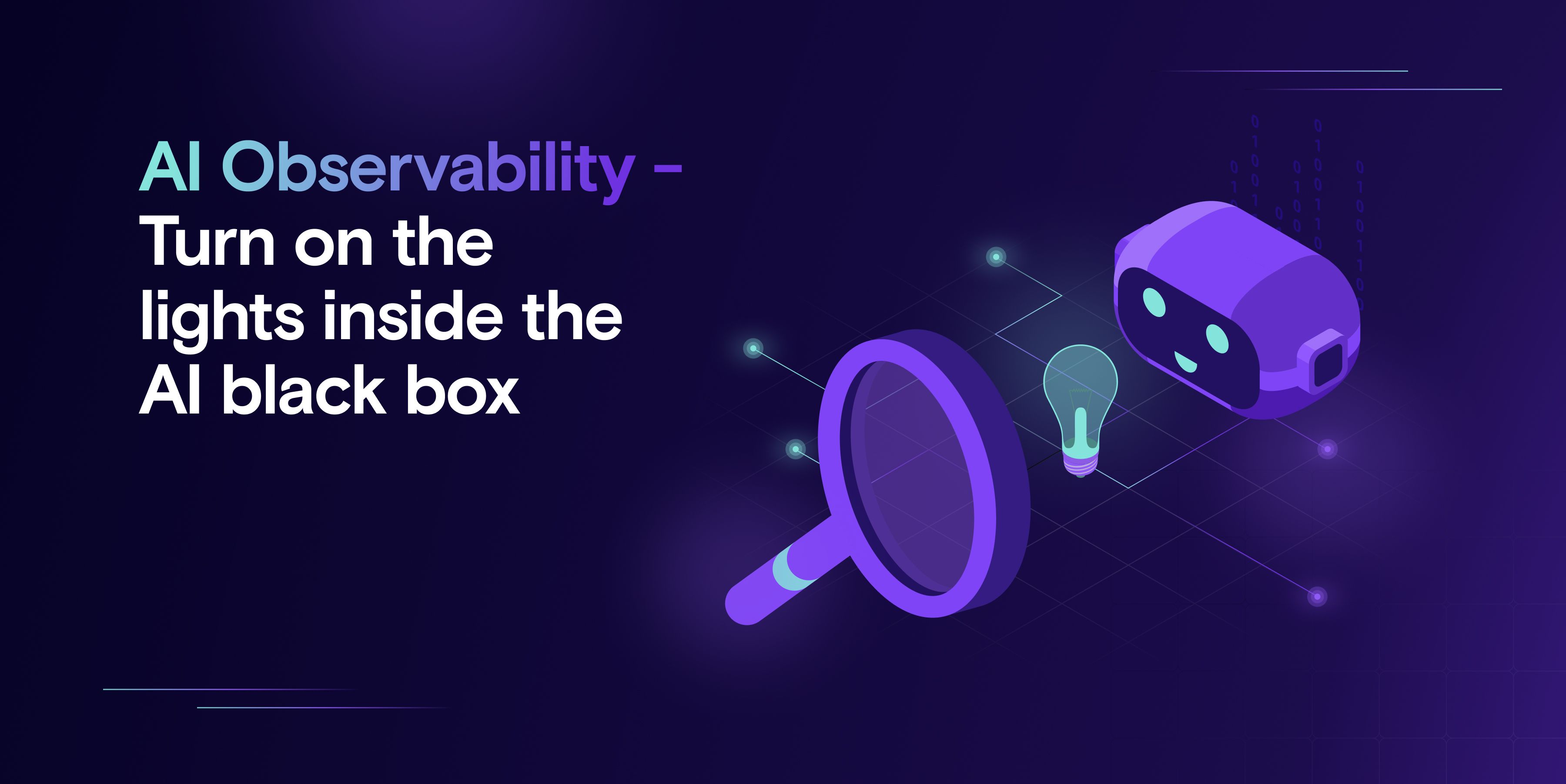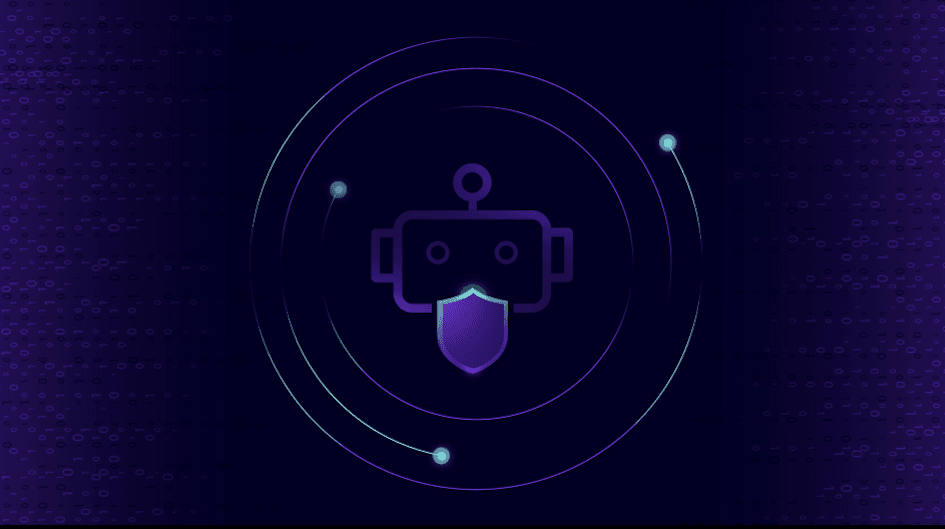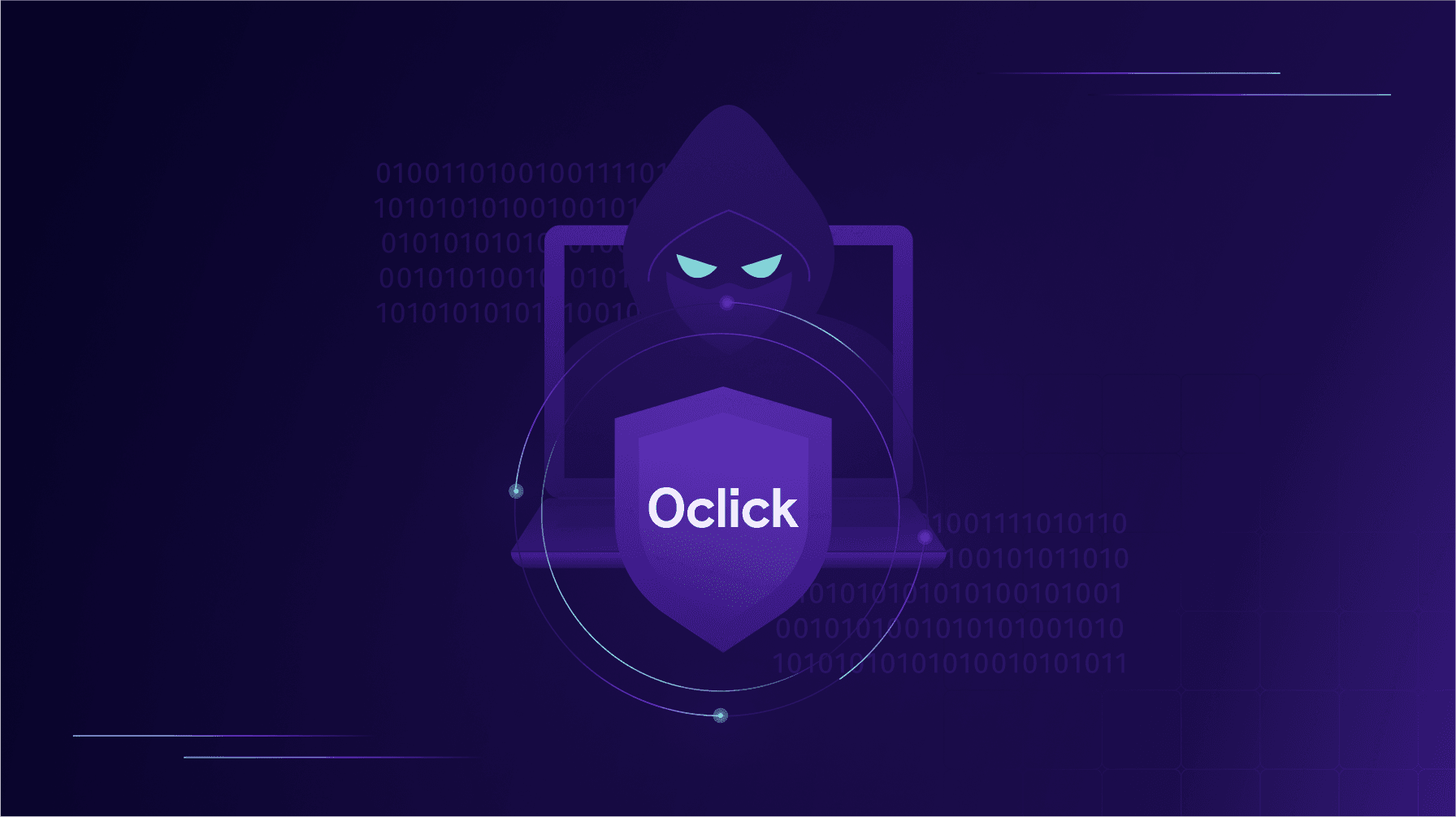First Look, Then Leap: Why Observability is the First Step in Securing your AI Agents

AI Agents aren’t coming - they’re already here! reshaping industries, enhancing productivity, and unlocking new possibilities. Embedded in tools like Microsoft 365 Copilot, Salesforce Einstein, and custom-built assistants, they’re making decisions, automating workflows, and interacting with sensitive business data in real time.
This wave of innovation is moving fast, but for once, security doesn’t have to play catch-up. We have a unique chance to get ahead and help define how AI is governed, monitored, and controlled from the start.
That’s where AI observability comes in. Curious what it really means in practice? I’ll break down why it matters, the challenges security teams face, and how you can start gaining real visibility and control over your AI Agents, before the risks get ahead of you.
So, What Is AI Observability?
AI observability refers to the ability to monitor, understand, and analyze an AI agent’s behavior across different stages - input, processing, decision-making, and output. Unlike traditional software, AI agents operate with high degrees of autonomy, dynamic learning, and non-deterministic responses. This makes them more difficult to track, troubleshoot, and secure.
Why AI Observability Needs to Be a Priority
When it comes to observability, it’s not just about better monitoring. It’s about enabling better security, accountability, and resilience.
- Security & Risk Management: AI agents can be manipulated, misled, or exploited. Without visibility, organizations remain blind to these risks.
- Compliance & Accountability: Regulations like GDPR and AI Act demand transparency in AI decision-making. Observability helps ensure compliance.
- Performance & Debugging: When AI systems behave unexpectedly, observability helps pinpoint why and how to fix them.
Where it Gets Hard: Key Challenges
On paper, observability sounds straightforward - track what the AI agent does, and react when something looks off. But in practice, observability is significantly more complex than traditional application monitoring. Here’s why:
- Lack of Explainability – AI operates in a black-box manner, making it difficult to trace decision logic.
- Data Flow Complexity – AI models pull data from multiple sources, creating risks of misinformation and security breaches.
- Real-time Monitoring Difficulties – AI agents interact dynamically, making it hard to track behavior as it happens.
- Security Threats – AI can be poisoned, manipulated, or exploited through prompt injections, data leaks, and privilege escalation.
The Solution: How to Truly Control Your AI Agents
Though there are some challenges, they’re not insurmountable. To move from reactive to proactive security, start with asking the right questions:
- Who created this AI Agent?
- What is it allowed to do?
- Where is it pulling information from?
- How is it making decisions - and can we trust those decisions?
By breaking down AI agents into their core components and monitoring how they operate across build-time and runtime, we can build an observability framework that goes beyond surface-level logging; one that gives security teams the control and context they need. Here’s how to do it.
1. Understanding the Agent’s Structure (SPM)
To observe AI effectively, we need to break it down into key components:
- Knowledge – What data sources does the AI use? Are they trusted? Can they be manipulated?
- Actions – What capabilities does the agent have? Can it execute commands, send emails, or retrieve files?
- Permissions – What access does the AI have? Is it operating with excessive privileges?
- Triggers – What conditions activate the AI agent? Can attackers manipulate these triggers?
- Topic & Context – What is the AI designed to do? What risks arise from its area of operation?
Each of these factors contributes to the agent’s security posture. By characterizing these, we create a profile on WHO the agent is.
2. Tracking AI Activity (Detection & Response)
After being built & published, AI agents can be prompted by users (or triggers) and will then utilize their different components to generate an appropriate response.
For example:
- A user submits a request for a link.
- The AI retrieves relevant data from a knowledge source.
- The AI generates a response based on the data, along with a link to the relevant knowledge source.
Observing the AI activity combined with its SPM context, allows us to better evaluate the agent response’s risk. In the above example for instance, we could ask ourselves, “Do we trust the knowledge source that the agent used in the process?”
While the original link request might be harmless, the retrieval from an untrusted source introduces risk.
Key activity metrics to track include:
- Users – Who interacted with the AI?
- Endpoints & Data Source - Where did the AI get his reference & context from? Is it trustworthy?
- Timeframes – When did it execute?
- Decision Pathways – What intermediate steps did the AI take to generate its final response?
Each of these might seem insignificant alone, but when combined with the structured SPM profile, they reveal deeper security insights. With this, we can determine WHAT the AI is doing and HOW it is executing its tasks.
3. Monitoring AI Behavior (SPM + DR, Build-time + Runtime)
By analyzing AI behavior both during development (buildtime) and operations (runtime), we can detect anomalies and security threats.
Key Areas of Behavioral Monitoring:
- Attack Vectors & Exploited Vulnerabilities – Understanding how data moves through the AI system helps uncover points of exploitation.
- Behavioral Patterns & Anomaly Detection – If we know how the AI should behave, deviations can signal security incidents.
- Risk Evaluation Adjustments – Agents with structural risks (SPM) should be monitored more closely during runtime.
By tracking these elements, we uncover WHY security issues arise, as well as WHEN they occur. This allows us to create a proactive detection and enforcement architecture.
Pulling it All Together: A Modern Strategy for AI Observability
To build a comprehensive AI observability and security strategy:
- Look Around – AI security isn’t just about chat logs. It requires analyzing agent components, data sources, and permissions.
- Read Between the Lines – Observability goes beyond prompts and responses. We need to analyze the AI’s entire decision-making process.
- Combine SPM with Runtime Data – To truly understand AI behavior, integrate knowledge of WHO the AI is, WHAT it does, HOW it operates, and WHY & WHEN it behaves the way it does.
By implementing a structured AI observability approach, organizations can proactively detect threats, ensure compliance, and maintain control over their AI agents—before attackers do.
Related blog posts

Demystifying AI Agent Security
Let me be the first to say it, this space - AI agent security and governance - can be confusing. When I joined...

Zenity Joins the Microsoft Security Store: Securing AI Agents Everywhere, Together
We’re thrilled to share that Zenity is included in the unveiling of the Microsoft Security Store Partner Ecosystem....

0Click Attacks: When TTPs Resurface Across Platforms
If there’s one lesson security teams should take from recent disclosures, it’s this: AI agent attack techniques...
Secure Your Agents
We’d love to chat with you about how your team can secure and govern AI Agents everywhere.
Get a Demo